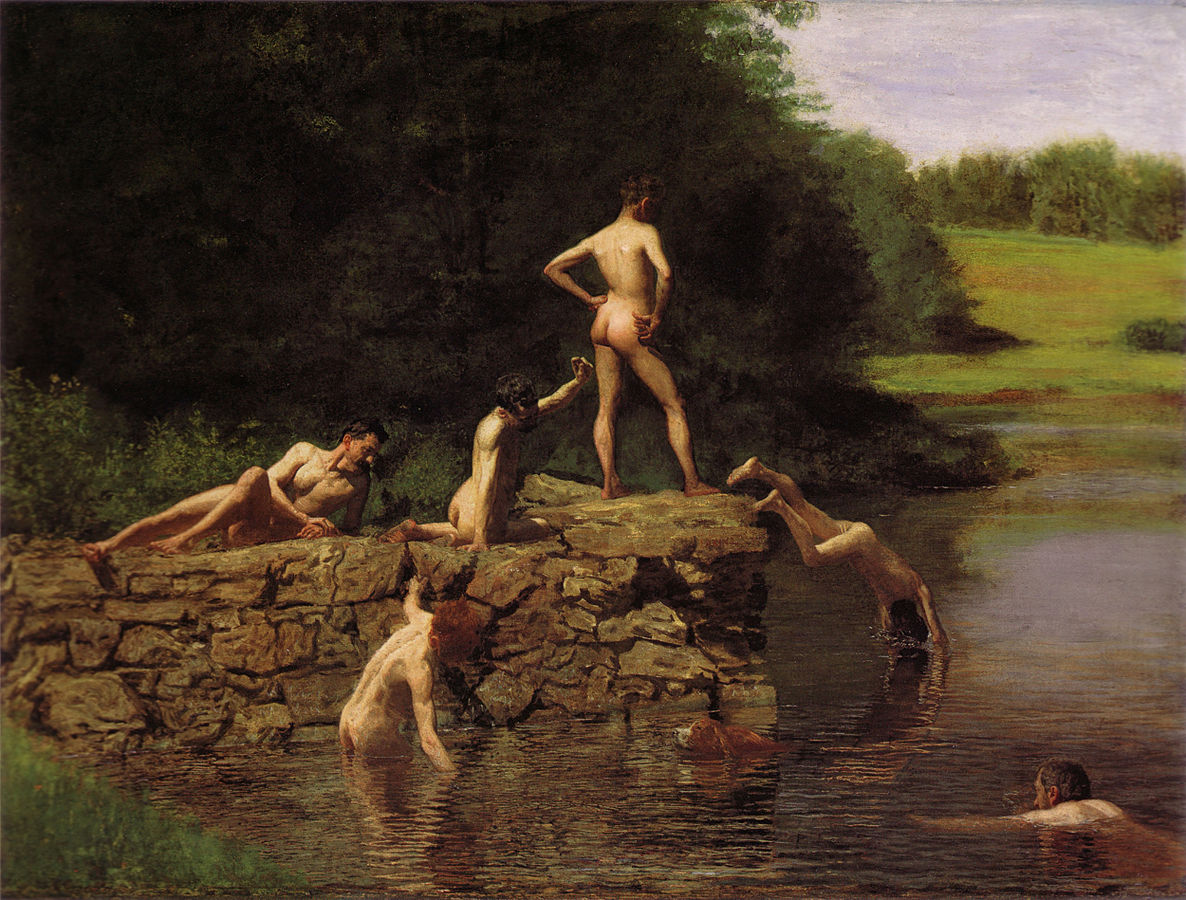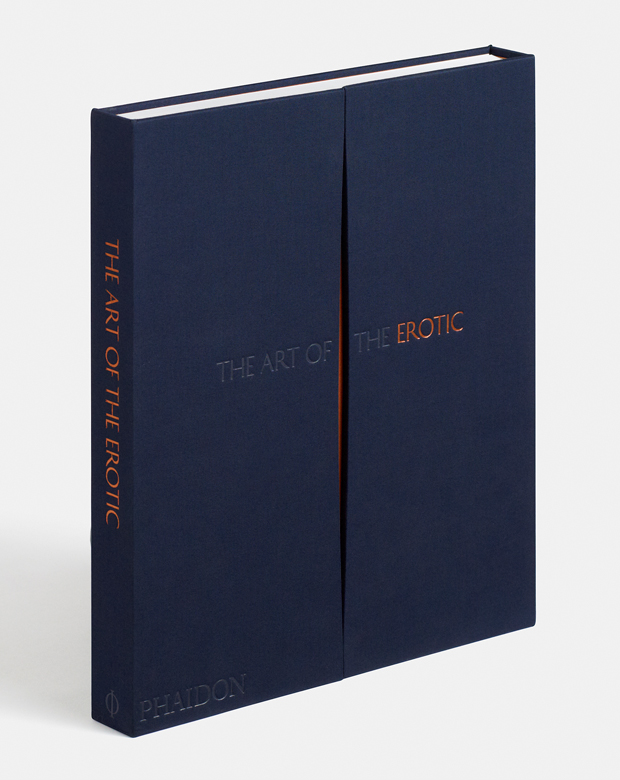
Is Thomas Eakins cooling off or heating up?
Eakins - born on this day in 1844 - painted this work to silence his critics, yet it remains open to interpretation. . .
This painting by the Realist artist Thomas Eakins (born on this day, 25 July) is by one of America’s most celebrated nineteenth-century painters, and remains a pleasant sight - especially during our current heatwave. Originally titled Swimming, but now known to many as The Swimming Hole, it depicts a group of men (including the artist) skinny dipping in a lake, as was customary at the time.
However, should we regard the work as a leisurely description of summer time fun, or a painting of considerable sexual charge? Here’s how our book The Art of the Erotic describes the piece.
“Eakins was a keen advocate of life-drawing classes, since he believed that no artist could aspire to greatness without undertaking close scrutiny of the naked body," explains the book. "Students at the Pennsylvania Academy of the Fine Arts (where Eakins taught) traditionally copied plaster casts, and his establishment of the radical new ‘European’ approach, influenced by the French artist and theorist Horace Lecoq de Boisbaudran, was controversial.
“Originally entitled Swimming, but better known as The Swimming Hole, this painting in some ways represents an attempt by Eakins to silence his critics. The Arcadian scene depicts Eakins and his students enjoying the kind of healthy outdoor activity that the Victorians loved to promote. The artist can be seen in the water at bottom right, observing the scene, almost as a signature to the painting. What is unusual about the picture is the way the figures are staged, particularly the three men on the rock. They appear separate from one another, as if they have been assembled later, yet it is known that the artist used photographs of the boys swimming to make the painting.

“Eakins was also experimenting with pastoral subject matter, and another look at the figures reveals that each man has adopted a pose evocative of Greek sculpture. It is perhaps for this reason that the painting is sometimes thought of as homoerotic, although the alluring mixture of nakedness and passivity, similar in manner to the female nude, also suggests that these boys are there to be coveted and fantasized about.”
For more on the sex life of great artworks order a copy of The Art of the Erotic here.